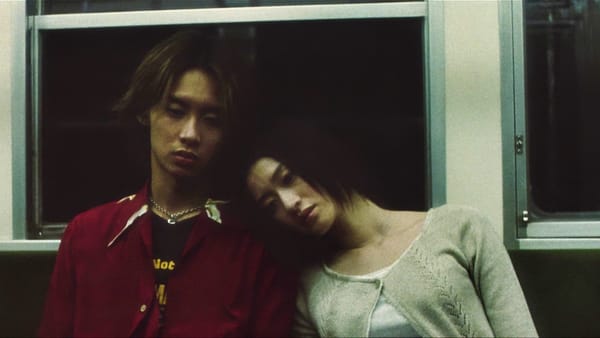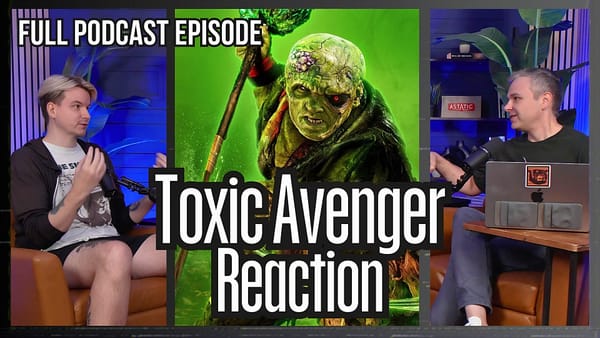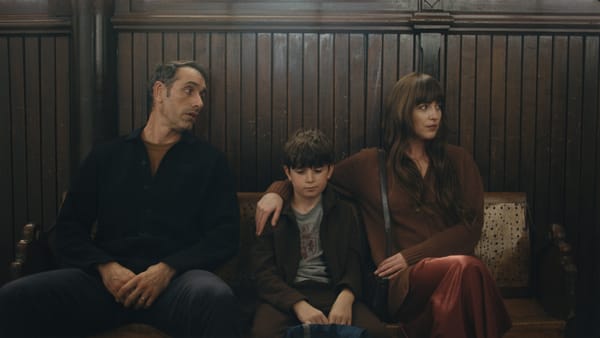You Can’t Kill the Boogeyman—But 'Halloween Ends' Comes Close to Exorcising the Franchise’s Demons
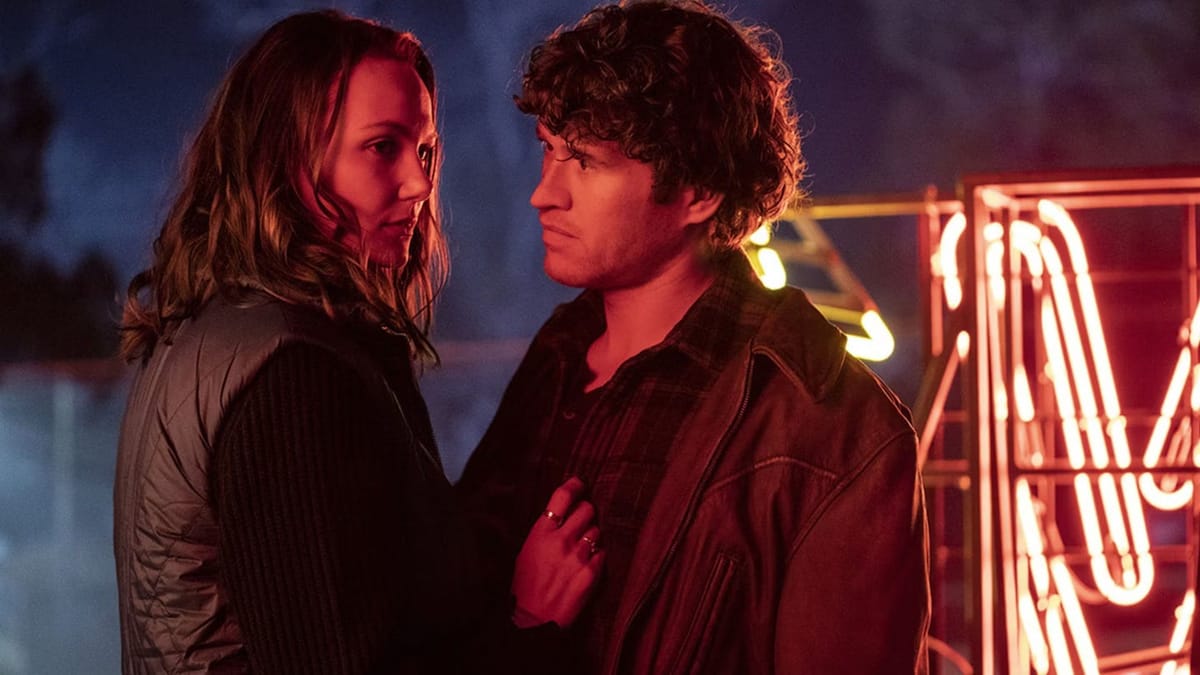
John Carpenter has often described his 1978 film Halloween as “a simple idea, done very well,” capturing the essence of what would become one of the most iconic horror films ever made.
But as the franchise slogged through middling sequels and misguided reboots over the decades, it seemed to lose that original essence.
In 2022, Halloween Ends dared to defy this trend, and in doing so, got closer to recapturing the raw, unsettling power of Carpenter's original than any sequel since.
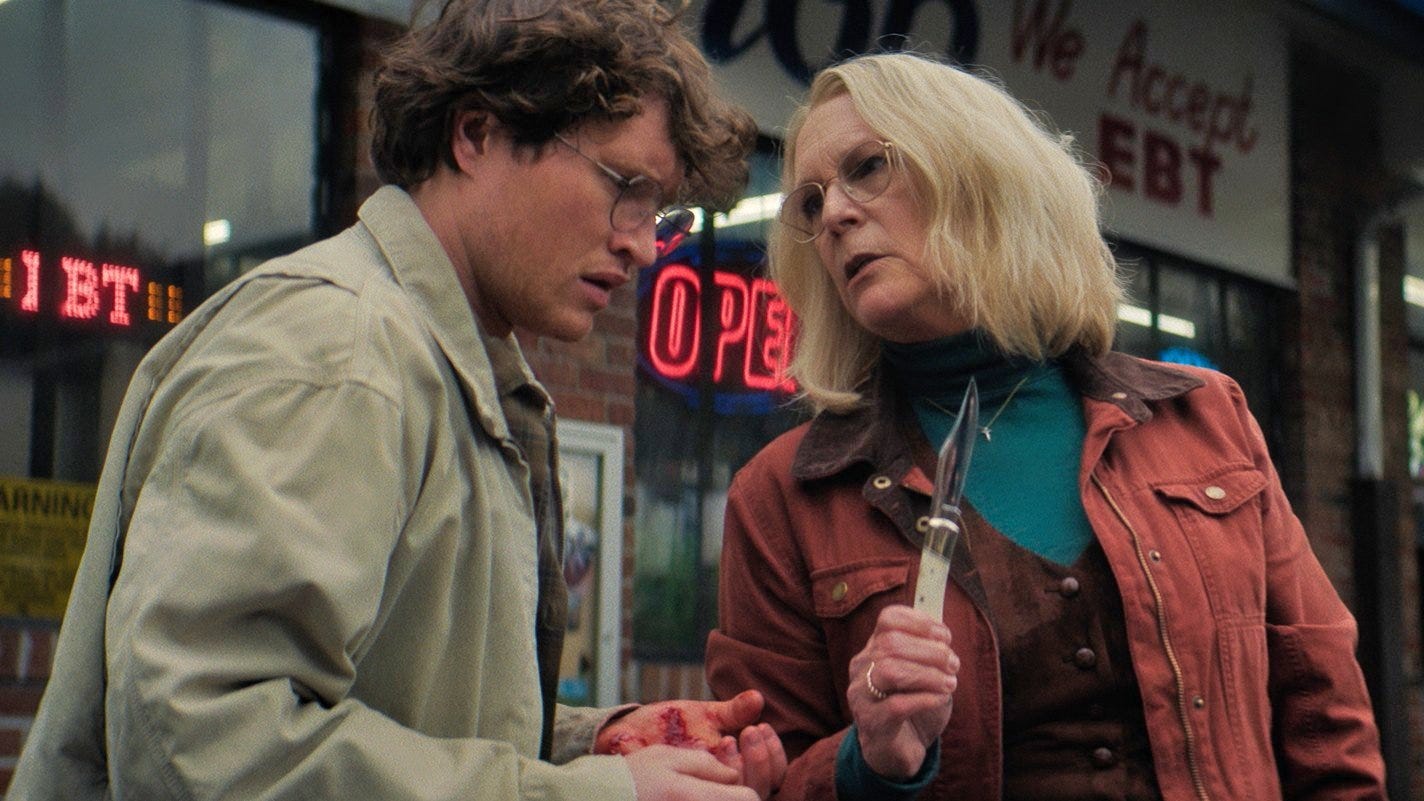
Full disclosure: I’m not a Halloween fanatic. I enjoy and respect Carpenter’s 1978 film as a horror milestone, but beyond that, the franchise lost me. I skipped the Rob Zombie redos and avoided the infamous “Thorn Trilogy.” But recently, to celebrate the Halloween season, I marathoned the films I’d missed—and came to a surprising conclusion. Halloween Ends is the best Halloween film since Carpenter’s original. Or at the very least, it’s the one that finally took a meaningful leap away from recycled slasher tropes and clumsy mythology.
So why am I praising this often criticized capper to David Gordon Green’s Halloween trilogy? Let’s start with what didn’t work before. Green’s first stab at the franchise, Halloween (2018), mostly felt like a rote homage. Despite strong performances, especially from Jamie Lee Curtis as a battle-scarred Laurie Strode, the film was weighed down by clunky pacing and a script that struggled to find compelling ways to explore Laurie’s trauma. Green’s attempt to revisit Halloween as a trauma narrative felt more obligatory than fresh or deep, failing to fully engage with complicated themes while mostly rehashing old ones.
Halloween Kills (2021), Green’s follow-up, only worsened things. Here, Green tried to weave in big concepts—mob mentality, collective trauma—but his heavy-handed treatment and shallow insights clashed awkwardly with the primal thrills Halloween fans crave. The result was a tonal mess that felt like a placeholder rather than a fleshed out entry in the series.
Then came Halloween Ends. Instead of returning to the expected formula, Green pivots entirely, delivering a film that feels daring, introspective, and like a welcome departure.
Here, Green seems more interested in exploring why we’re fascinated by evil and the ripples it leaves behind than in simply reenacting tired slasher tropes. The opening sequence sets the tone with slow-building tension that crescendos into a shocking tragedy. From the outset, it’s clear this isn’t just another Michael Myers rampage. Instead, we meet Corey Cunningham (Rohan Campbell), a character who becomes a haunting reflection of both Michael and Laurie, giving us a chance to explore Halloween’s core themes on a deeper, more unsettling level.
Corey, a once-normal young man, undergoes a disturbing transformation over the course of the film, echoing Michael’s own descent into serial killer-ism. By following Corey’s path rather than focusing solely on Michael’s, Halloween Ends explores a fascinating idea: how unprocessed fear, senseless abuse and groundless hate can twist an individual into something unrecognizable.

Corey’s story becomes a meditation on violence, legacy, and the cyclical nature of horror itself. But while Corey’s slip into darkness feels new and intriguing, the narrative can feel disjointed, as if some connective tissue was sacrificed in the editing room. Character motivations and actions often seem to come out of left field, leaving gaps that pull you out of the film to question whether crucial scenes were cut.
Laurie’s voiceover narration, meant to add a reflective layer, also falters. At times, it veers into cliché, with overly sentimental lines that don’t quite fit with the grounded portrayal of her character. When the film attempts to be profound, the effect sometimes falls short, feeling shallow rather than resonant, especially when compared to its gritty visuals and atmosphere.
And there’s an abrupt shift in the final act: Corey, whose story has consumed much of the film’s runtime, suddenly disappears from the narrative. In his place, we get a final, intense confrontation between Laurie and Michael. While the resulting showdown delivers a ghastly, claustrophobic face-off between two horror icons, the transition feels rushed, as if added to appease fans of the series. The detour minimizes the impact of Corey’s arc, reducing his story to an extended prelude for the Laurie-vs.-Michael climax.
Still, Halloween Ends gets a lot right. Visually, it’s one of the most striking films in the franchise, with shadow-laden cinematography and a muted, eerie palette that captures the desolation of Haddonfield. And while the climactic battle between Laurie and Michael might feel a bit forced, it’s undeniably satisfying. Jamie Lee Curtis brings a weighty vulnerability to Laurie, grounding the film even when it drifts. Campbell delivers a compelling, haunted performance as a withdrawn and preoccupied young man succumbing to his darkest instincts.
Ultimately, Halloween Ends doesn’t aim to be a traditional slasher, nor does it lean too heavily on nostalgia. Green risks alienating fans by delivering a film that’s more psychological thriller than outright horror, but this very risk is what makes Halloween Ends the most interesting entry in the franchise since the original.
While its missteps in storytelling keep it from perfection, it’s bold enough to ask questions about evil, fear, and the allure of horror—and leave some of those questions unanswered. In a genre often stuck in predictable patterns, Halloween Ends dares to try something new, creating a refreshingly ambitious, if flawed, finale that proves the thrill of horror often lies in venturing into the unknown.
Hey, here’s a video I made based on this article:


